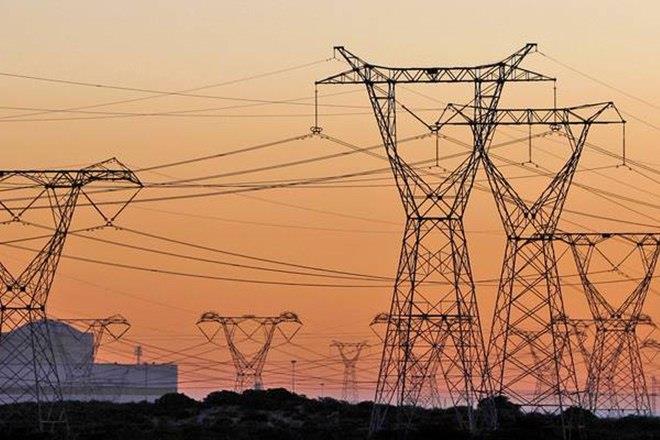
In a major reform initiative, India may soon open the derivatives market for the power sector. The forward trade will allow both electricity generators and consumers to enter into a futures contract and use it as a hedging tool to mitigate price volatility and other associated risks.
Sources privy to the development told Financial Chronicle that market regulator Securities and Exchange Board of India (Sebi) and power regulator Central Electricity Regulatory Commission (CERC) have reached an understanding to allow futures trading in electricity. The former is expected to oversee the functioning of all financially traded electricity forwards.
The latter would regulate physically settled forward where electricity is delivered on a future date at the contracted price.
“Decks have been cleared for the start of electricity futures market in India with regulators reaching a broad understanding on how to go about while allowing derivative instruments for market participants. They will still have to get concurrence of the Supreme Court that was overseeing the issue of electricity futures jurisdiction between Sebi and CERC,” said an official source.
While India presents a large power market with installed generation capacity of close to 330 GW with a large number of participants from both private and public sector, it is yet to offer futures trading option that is hallmark of all mature markers.
Though electricity is available in surplus now, its trading is limited and only through spot contracts (up to 11 days) on exchanges. Forward trading in electricity started in 2009, but the matter soon ended in court over jurisdictional issues.
“Exchange traded derivatives are critical for lenders. As a financial instrument these act as hedge against price volatility risk in spot market allow price discovery in medium term markets and mitigate the counter party risk,” said Ashok Haldia, MD and CEO, PTC India Financial Service.
Once future trading is started, power exchanges such India Energy Exchange (IEX) would be in a position to offer derivative instruments to participants. This could be electricity futures with a clear delivery based schedule (delivery at a price on future date) and other derivative instruments such as call and put options. This will help both generators and consumers to mitigate risks by hedging their positions through derivative instruments.
Industry players too are optimistic that once introduced, electricity futures will attract huge market participation.
“Introduction of electricity futures would be welcome development for the sector. For any mature market, future and options is a must. This should not been seen as instruments facilitating speculation but the one that promotes hedging and thereby protects investor interest in the sector,” said Rajesh K Mediratta, IEX director (business development).
Start of derivate instruments would also be helpful for the sector at current juncture where spot power prices have fallen on exchanges (to less than Rs 3 per unit) due to industrial slowdown and the demand for electricity has also come down. Futures market will provide such indications in advance.
Power producers can sell their perceived surplus in futures and consumers, who foresee higher consumption and a price rise, can buy power on the same platform.
Trading in electricity futures will also be helpful as power prices are volatile. Those who buy or sell power in the spot market will benefit directly from this. That apart, dealings via an exchange would be safe as its clearinghouse provides a system of guarantee that mitigates counter party credit risk.
There is still, however, some fear that these products would concentrate the commodity with a handful of players, who could then control prices. But with a low demand and a surplus situation now, this looks unlikely.




